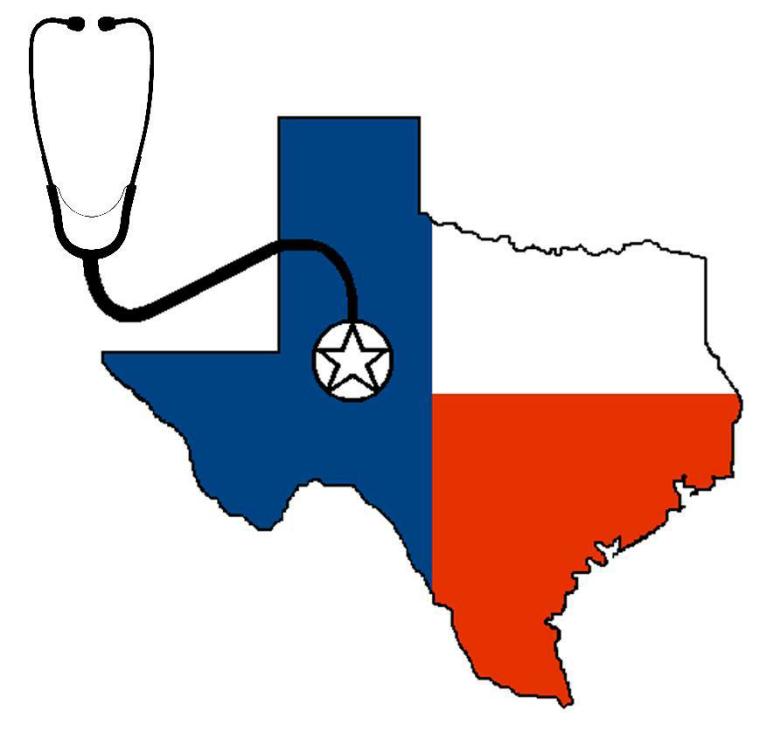
Place your photo here.

Health Care For All Texas
Models of National Health Insurance
Bismarck Model or “Sickness Funds”
Employers and employees fund national health insurance through compulsory payroll taxes. Insurance companies are private entities but are required to be non-profit and are heavily regulated especially with respect to fees and medical services. They are not allowed to exclude people for pre-existing conditions nor drop anyone if they develop an illness. Health providers and hospitals are largely private. Patients pay small co-pays for their health care. Patients can buy secondary insurance coverage for services not provided by through the national health system such as a private hospital room. In this model, there are many private insurance companies therefore it is referred to as a multi-payer system. Germany and Switzerland use this model.
Beveridge Model or “Socialized Medicine Model”
In this system, the health care is provided and financed by the government through taxes. There are no medical bills for patients. Medical care is treated as a public service like public education or the fire department. Hospitals are owned by the government and many doctors who are specialists are employees of the government. Most primary care doctors are private practitioners who are paid by the government and receive bonuses for keeping their patients as healthy as possible. England and Spain use this model. In the United States the Veterans Administration is an example of this socialized medicine model.
Single-Payer Model
In a single payer model, the providers of health care are largely private. There is one payer, the government. The national insurance plan collects the money and pays the medical bills. There are usually no co-pays or deductibles. Medicare is an example of a single payer system. Health care is provider by private doctors in private facilities and the majority of the medical bill is paid by the government. Canada and Taiwan use this model.
History of U.S. Health Care
The origins of national health insurance began with the very conservative government of Otto von Bismarck, Chancellor of Germany in the 19th century. Conservatives in both Britain and Germany supported laws that provided for “sickness funds” for workers. This was done as a move to weaken the growing strength of labor unions. Three models for financing health care evolved from the initial sickness fund movement: Bismarck Model, Beveridge Model and Single Payer model. In the United States a fourth model for health care financing was developed during WWII, the employer-based model.
Due to wage and price freezes in WWII along with a shortage of workers, employers began to offer health insurance in lieu of wages as a way to attract workers. The government gave a tax subsidy to employers for offering health insurance and workers were not taxed on the value of their health insurance. Employer-based health insurance came about from the special circumstances created by WWII. It was not designed by experts in health care financing as a sensible system for our health care system.
Because this system of employer-based health insurance left out many people, especially the elderly and the poor, Medicare and Medicaid were adopted in 1965. The AMA was opposed to Medicare and lobbied against its passage calling it “socialized medicine”. However, one year after passage, doctors’ incomes increased by about 7.8%. Today all other industrialized nations have some form of national health insurance that covers everyone from birth to death. The United States is the only industrialized nation that does not provide health care to all its citizens.
Health Systems in Other Industrialized Nations
The French Health Care System
Coverage is universal. Hospital care, ambulatory care and prescription drugs are covered. The French system is primarily financed by employer and employee payroll taxes. Financing also comes from private health insurance (usually complementary through the employer or government for low income persons) and through a national income tax on alcohol and tobacco. Patients have co-pays. Co-pay rates vary by type of care (e.g., hospital vs. outpatient); type of patient (the chronically ill and poor are exempt from cost sharing).
The Danish Health Care System
All residents in Denmark are entitled to health care that is largely free at the point of use. The health system is publicly financed through a centrally collected healthcare tax set at about 8% of taxable income. For-profit private health insurance companies provide health care in private hospitals and cover about 5% of the population. Employers mainly purchase it as a fringe benefit for workers. General practitioners are self-employed and paid by a combination of capitation payment and fee-for-service.
Swiss System Interview
The Swiss system today is based on competition among eighty-four highly regulated private health insurers, which cover the basic benefit package and also sell supplemental insurance. There is no government-run health insurance plan. In Switzerland, "individual freedom" does not mean that you should be free to live irresponsibly and freeload from others. The social contract is that the Swiss will not let people suffer and die when they need health care, but in return, individuals owe it to society to make provision ahead of time for their health care when they fall seriously ill.



Check Out.

Texans for a National Health Program